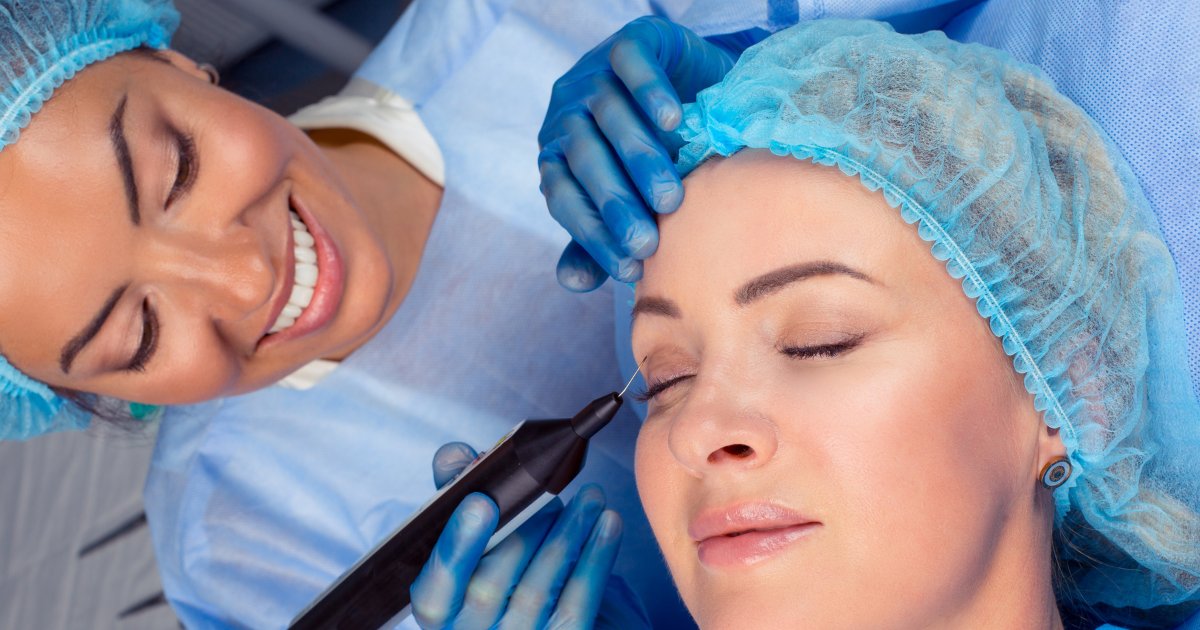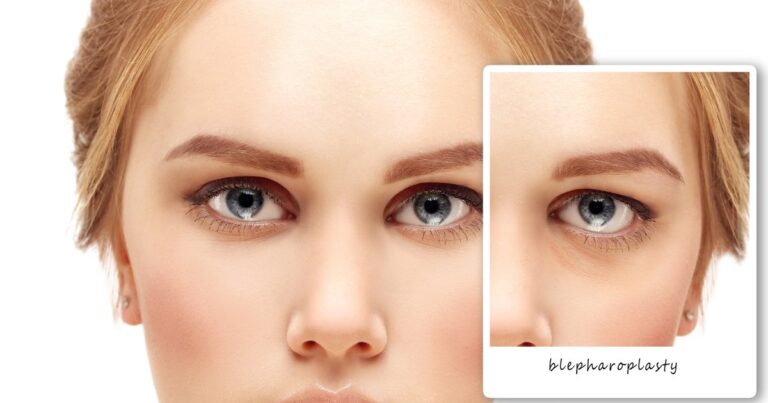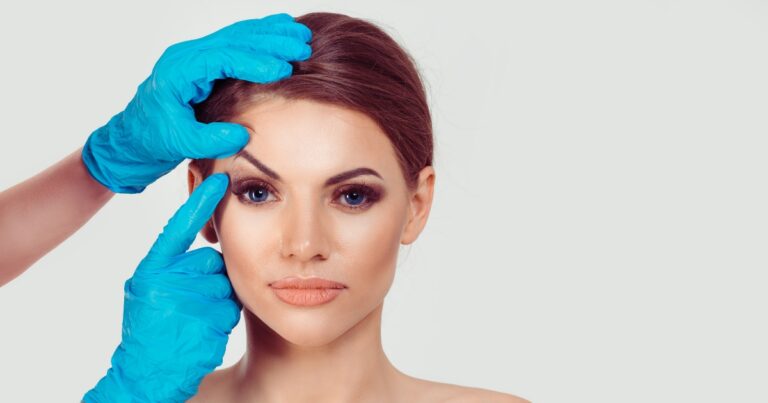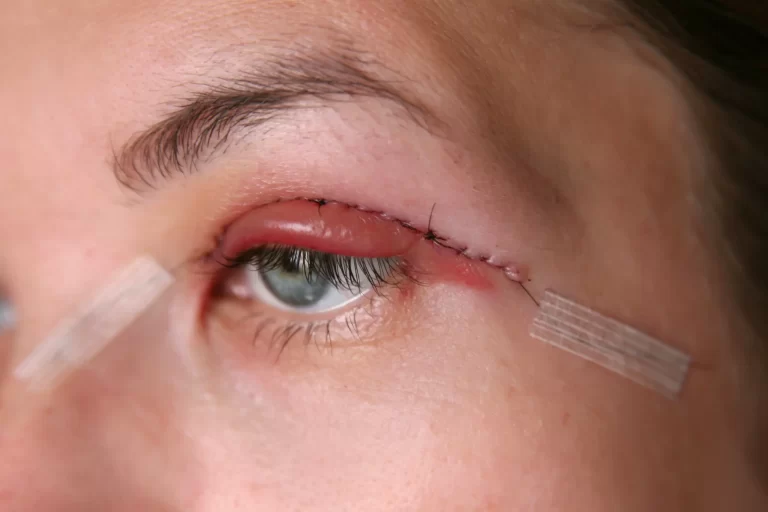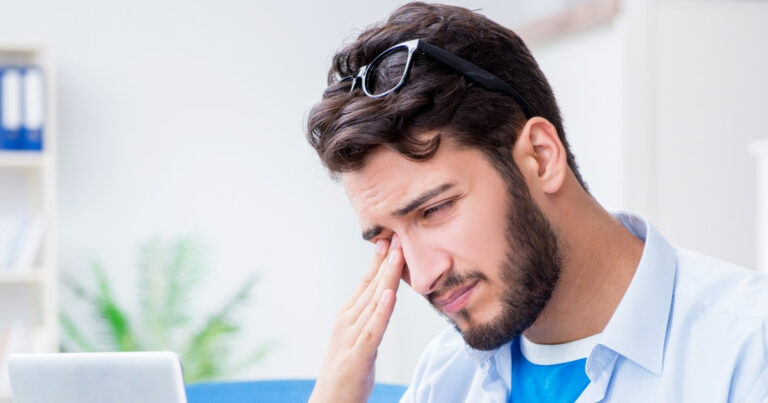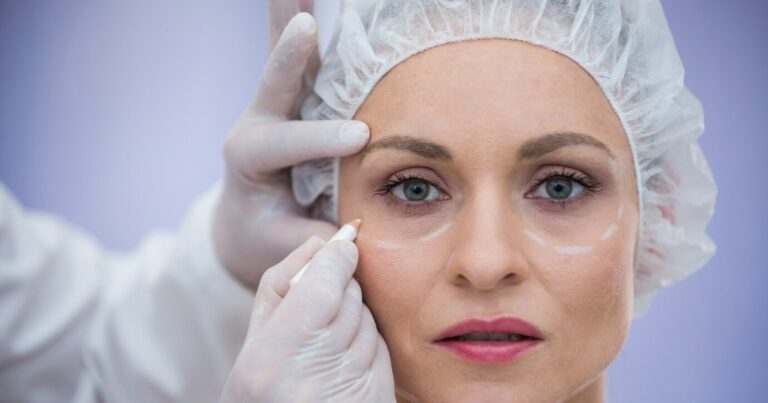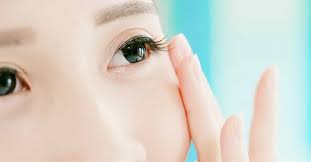‘Lower blepharoplasty with laser resurfacing’ represents a sophisticated facial rejuvenation technique specifically designed to combat the signs of ageing around the eyes. This dual-procedure approach initially entails a surgical process to remove excess fat and skin from the lower eyelids meticulously. Subsequently, it incorporates the precision of laser resurfacing, a method employed to refine and smooth the skin’s texture. Together, these techniques synergistically work to rejuvenate the eye area, offering a refreshed and more youthful appearance while addressing both structural and surface-level concerns.
What is Lower Blepharoplasty?
Lower blepharoplasty, also known as lower eyelid surgery or transconjunctival blepharoplasty, is a procedure to remove puffiness and excess fat and skin from the lower eyelids. It can give a more youthful and vibrant appearance to the eye area.
During lower blepharoplasty, incisions are made inside the lower eyelid or just below the lashes to access the fat pockets. Excess fat deposits are removed or repositioned, and excess skin is trimmed away. The procedure can be combined with laser resurfacing for additional skin tightening and smoothing effects.
Benefits of lower blepharoplasty include:
- Reducing under-eye bags and puffiness
- Removing excess lower eyelid skin
- Tightening and smoothing lower eyelid skin
- Reducing wrinkles and fine lines under and around the eyes
- Opening up and rejuvenating the eyes
Adding Laser Resurfacing
Laser skin resurfacing is often combined with lower blepharoplasty to enhance results. The laser removes the outer layers of facial skin to promote collagen production and skin tightening.
There are two main types of lasers used:
- Ablative lasers fully remove thin outer layers of damaged skin to promote smoothing and tightening. It is more aggressive with more downtime.
- Non-ablative lasers target the underlayer of the skin without removing the surface. It stimulates collagen without damaging the outer skin and has less downtime.
Most patients see improvements in skin tone, texture, fine lines, and pigmentation after laser resurfacing. It complements blepharoplasty surgery beautifully.
Book A Consultation With Dr Tarek Bayazid
Top-rated Plastic Surgeon For Eyelid Surgery in Dubai
Installment Plan Available
Am I a Candidate?
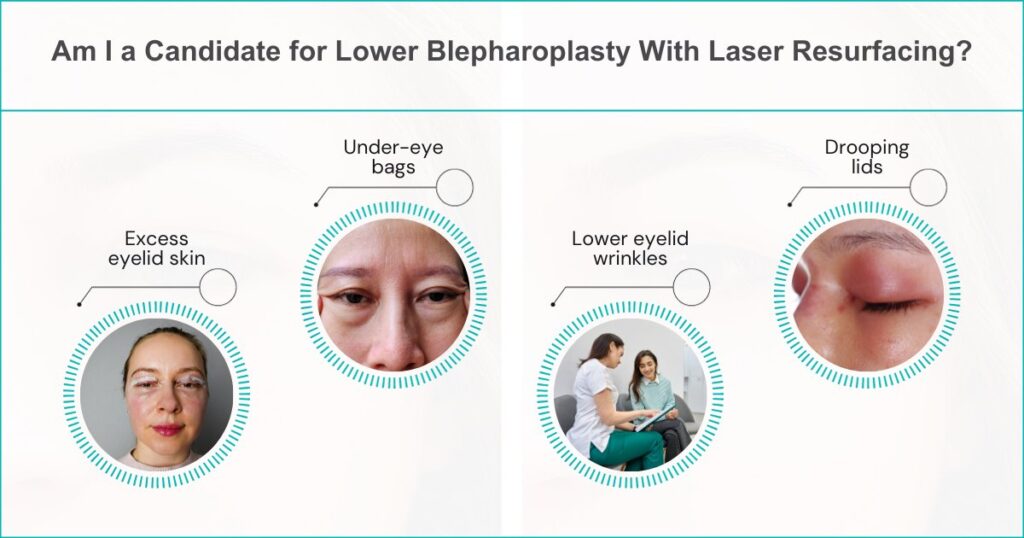
Good candidates for lower blepharoplasty with laser resurfacing are in general good health and have some of the following issues:
- Excess lower eyelid skin gives the face a tired appearance
- Under eye bags, dark circles, or puffiness
- Wrinkles or crepey skin on the lower eyelids
- Drooping lower eyelids that expose white below the iris
Ideal candidates do not have any eye health conditions affecting the cornea, lens, or retina. Your surgeon will evaluate if you are healthy enough for the combined procedure.
The Consultation
During your initial consultation, your plastic surgeon will evaluate your eyes, skin, bone structure, eyelid position and function. They will assess if you have:
- A good bone foundation to support desired results
- Excess lower eyelid skin or fat contributing to under-eye bags
- Skin laxity that could benefit from laser tightening
- Eye asymmetry that should be corrected
You should discuss:
- Your goals and motivation for surgery
- Medical history, including any eye problems and conditions
- Medications, supplements, smoking, alcohol, and drug use
- Previous facial plastic surgery procedures
Your surgeon will explain the lower blepharoplasty procedure, recommend a laser resurfacing method, and discuss what results you can realistically expect.
Preparing for Surgery
- You’ll need to arrange a ride home after surgery and have someone stay with you that first night.
- Have plenty of fluids, soft foods, and ice packs ready for recovery.
- Avoid taking aspirin, anti-inflammatory medications, herbal supplements, or vitamin E for up to 2 weeks pre-surgery, as these can increase bleeding risks.
- Smoking should be stopped one month before and after surgery because it impairs healing.
- Carefully follow your surgeon’s pre-op instructions to prepare your skin for surgery.
The Lower Blepharoplasty Procedure
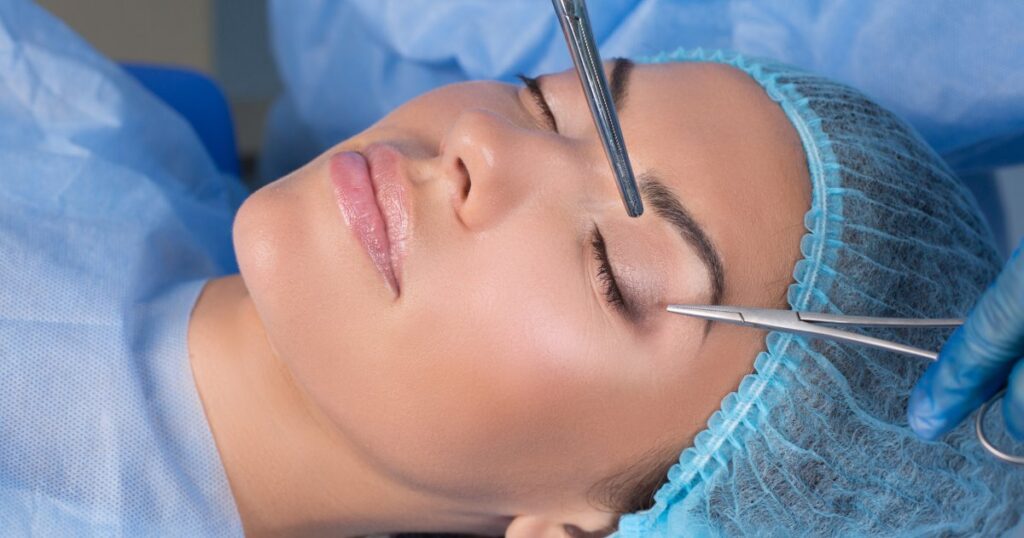
Surgery takes 1-3 hours, depending on complexity, and is usually done under IV sedation or local anesthesia with sedation.
Here is the general process:
- Numbing medication is applied or injected into the lower eyelid area.
- Small incisions are made inside the lower eyelid or just below the lash line.
- Excess fat is trimmed or repositioned, and excess skin is removed.
- Incisions may be closed with layered sutures or surgical tape.
- Protective eye shields are placed over your eyes.
Laser resurfacing can be done immediately after blepharoplasty or in a later session. The laser procedure takes less than an hour.
Recovery After Surgery
Lower blepharoplasty with laser resurfacing can achieve impressive cosmetic results around the eyes but requires an extended recovery time of 6 months to one year involving swelling, bruising and sensitivity while healing occurs. Patients undergoing this combined treatment must ready themselves for diligent post-procedure care to realise the full rejuvenating effects and eyelid refinement achieved by the procedures together.
| Timeframe | Recovery Milestones | Tips for Comfort & Healing |
| 1-3 days | Significant swelling and bruising, watery eyes, pain/irritation | Use cold compresses, lubricating eyedrops, pain medication |
| One week | Moderate bruising and swelling, sensitive skin | Continue cold compresses and eyedrops |
| Two weeks | Bruising subsiding, swelling decreasing | Apply aloe vera gel and hydrating creams |
| One month | Most swelling is gone, and results become visible | Can camouflage lingering bruises with makeup |
| Two months | Residual swelling continues to resolve | Apply daily sun protection to treated skin |
| 3-6 months | Enjoy full procedure results | Consistent follow-ups with the surgeon |
| Up to 1 year | Skin texture and tone continue to improve | Avoid direct sun exposure to prevent damage to treated skin |
Recovering from lower blepharoplasty combined with laser takes patience, as swelling and healing can take six months or longer. Avoiding the sun helps prevent lasting skin discolouration.
Results and Appearance After Surgery
| Timeframe | Results | Appearance |
| One week | Very little visible change | Significant swelling and bruising around the eyes |
| Two weeks | There is a slight improvement in the eyelid position | Bruising fading, swelling, and redness are still present |
| One month | Enhanced eyelid shape becomes noticeable | Residual bruising is easily concealed with makeup |
| Three months | Excess lower eyelid skin greatly reduced | A little swelling, improved skin smoothness visible |
| Six months | Full refinement of eyelid contour visible | Noticeable improvement in skin tone and texture |
| One year | Youthful, refreshed appearance around the eyes | Swelling completely gone, long-lasting results achieved |
| 2+ years | Some sagging recurs naturally over time | Can undergo touch-up procedures to maintain appearance |
Final results take a full year as swelling resolves. Ongoing protection from sun damage helps keep improved skin texture and renewal from laser resurfacing long-term.
‘lower blepharoplasty with laser resurfacing’ stands out as an exceptionally effective method for rejuvenating the eye area, addressing ageing-related concerns with precision and care. Under the guidance of an experienced plastic surgeon, this combined approach typically results in eyes that appear refreshed and vibrant, offering patients not only lasting aesthetic enhancement but also a high degree of satisfaction. This synergy of surgical skill and advanced laser technology marks a significant advancement in facial cosmetic procedures.
Book a Consultation with Dr.Tarek Bayazid, the Best Plastic Surgeon in Dubai, to determine if lower eyelid rejuvenation is right for you.
